Creating a home that welcomes your pet and respects the planet doesn’t have to feel like a compromise.

In fact, it can be an exciting opportunity to rethink not just what we buy, but how we live. From the materials we choose to the daily routines we build, designing a home that meets your pet’s needs and protects the environment can become a genuinely rewarding part of modern life.
As more people become aware of their environmental impact, sustainability is moving from a niche concern to an everyday priority. At the same time, pet ownership is on the rise, with more households than ever sharing their lives with dogs, cats, rabbits, birds, and other companions. That means we’re buying more pet products, using more energy, and producing more waste. But it also means we have more power to influence the market, change habits, and create homes that support the wellbeing of everyone who lives there, human or not.
Our pets are part of the family—treat them as such.

They rely on us for safety, comfort, and care. And just like us, they benefit from living in clean, toxin-free spaces filled with natural light, fresh air, and enriching experiences. The good news is that making your home more sustainable doesn’t require huge renovations or expensive products. Often, it’s about choosing smarter materials, reducing waste, and finding creative ways to reuse and repurpose. Here are 10 ways to build a home that works for your pet and the planet.
Choose sustainable pet bedding.
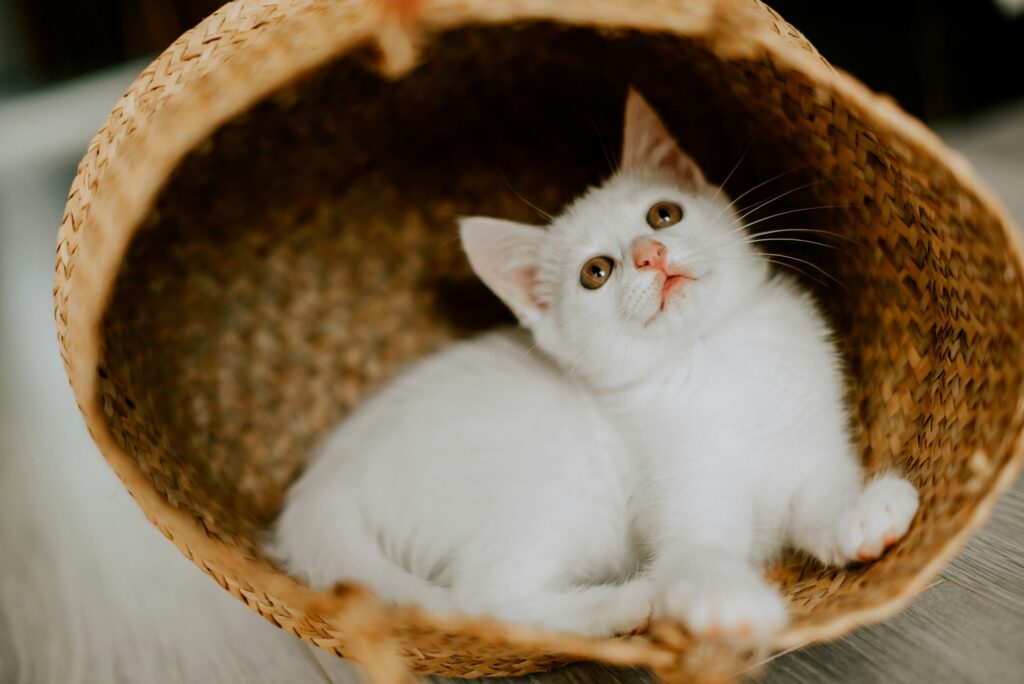
Most commercial pet beds are made from synthetic materials like polyester, which is petroleum-based and not biodegradable. These beds also tend to wear out quickly and end up in landfill. Instead, look for beds made from natural fibres such as organic cotton, hemp, or bamboo, or beds that use recycled fill like repurposed plastic bottles. There are also brands offering modular beds where you can replace worn parts instead of tossing the whole thing. Better yet, opt for a bed with a removable, machine-washable cover to keep it fresh and extend its lifespan.
Opt for eco-friendly pet toys.
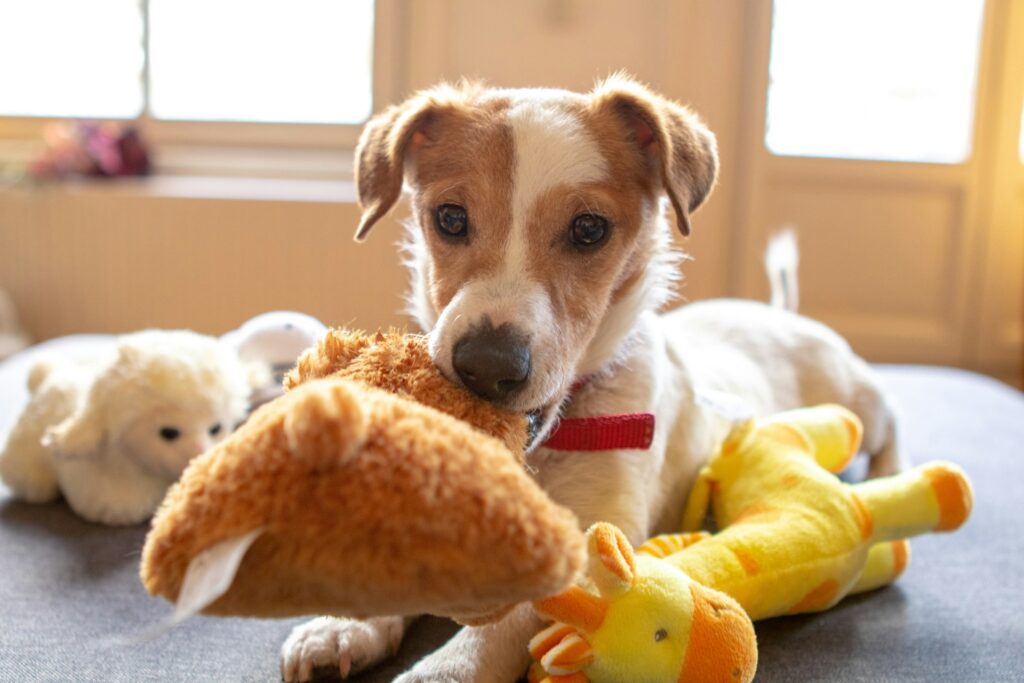
Pet toys are often treated as disposable, which means millions of them are thrown away every year. But the materials they’re made from—including plastic, vinyl, and synthetic stuffing—take centuries to break down. Choosing toys made from natural rubber, organic cotton, or jute helps reduce this burden. Toys made from recycled materials or designed to be compostable at the end of their life are even better. You can also get creative and repurpose old household items, like knotted T-shirts for tug toys or cardboard boxes for hide-and-seek games.
Use non-toxic cleaning products.
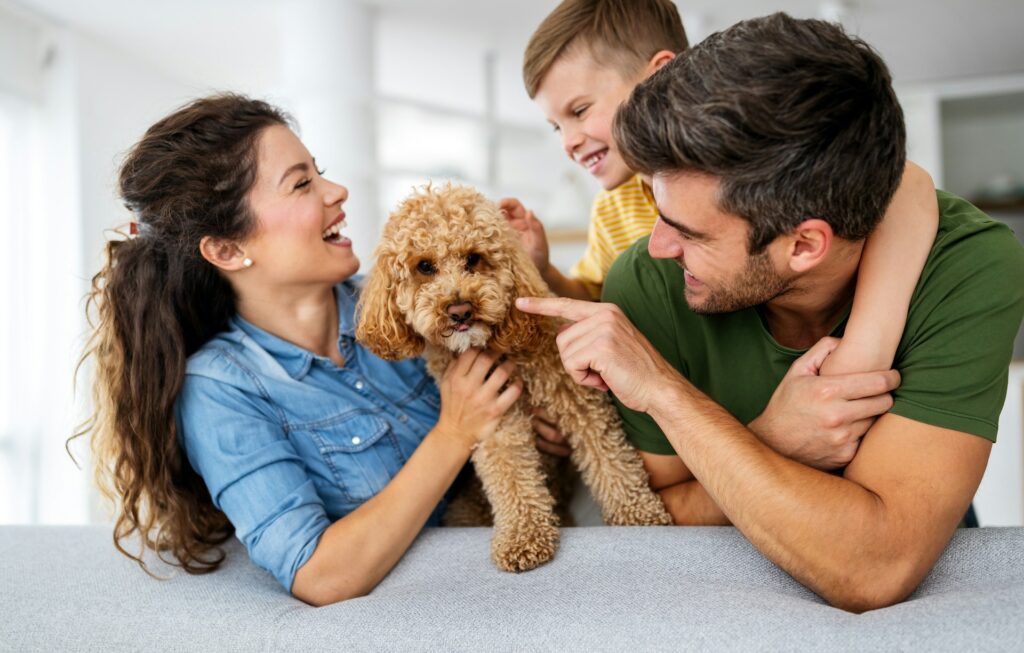
Many conventional cleaning products contain harsh chemicals that can irritate your pet’s skin, eyes, and lungs. Because pets are lower to the ground and often lick their paws or surfaces, they’re particularly vulnerable. Look for products labelled non-toxic and biodegradable. Plant-based formulas that skip bleach, ammonia, and artificial fragrances are much safer and work just as well for daily cleaning. You can also make your own all-purpose cleaners using vinegar, baking soda, and essential oils—just be sure to avoid oils like tea tree, which are toxic to some animals.
Ditch plastic bowls.

Plastic pet bowls may be cheap and lightweight, but they can degrade over time, leach chemicals, and harbour bacteria. Stainless-steel and ceramic bowls are much safer choices. They’re long-lasting, easy to clean, and won’t leach microplastics into your pet’s food or water. Bamboo bowls are another eco-friendly alternative, often made from agricultural waste that would otherwise go unused. If you travel with your pet, look for collapsible silicone or biodegradable travel bowls to stay waste-conscious on the go.
Buy in bulk to reduce packaging waste.
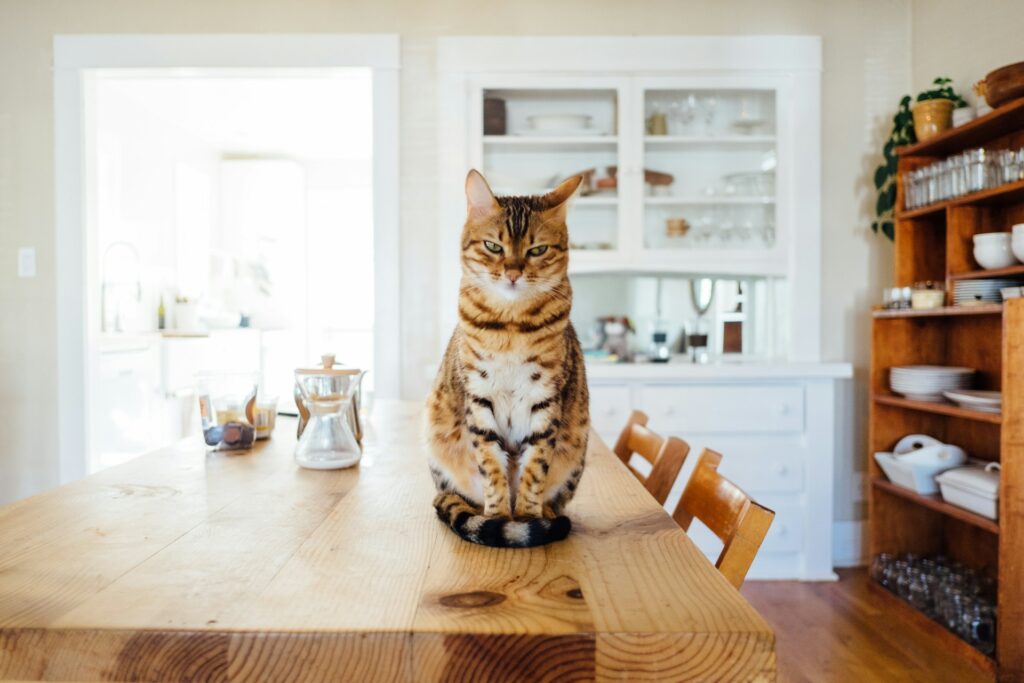
One of the simplest ways to reduce waste is to buy pet food, litter, and treats in larger quantities. This not only cuts down on single-use packaging, but also tends to be more cost-effective in the long run. More pet brands are now offering recyclable or compostable packaging, and some refill shops are beginning to carry pet staples, especially in urban areas. Storing bulk items in airtight containers can help keep them fresh while reducing trips to the shop.
Choose natural litter options.
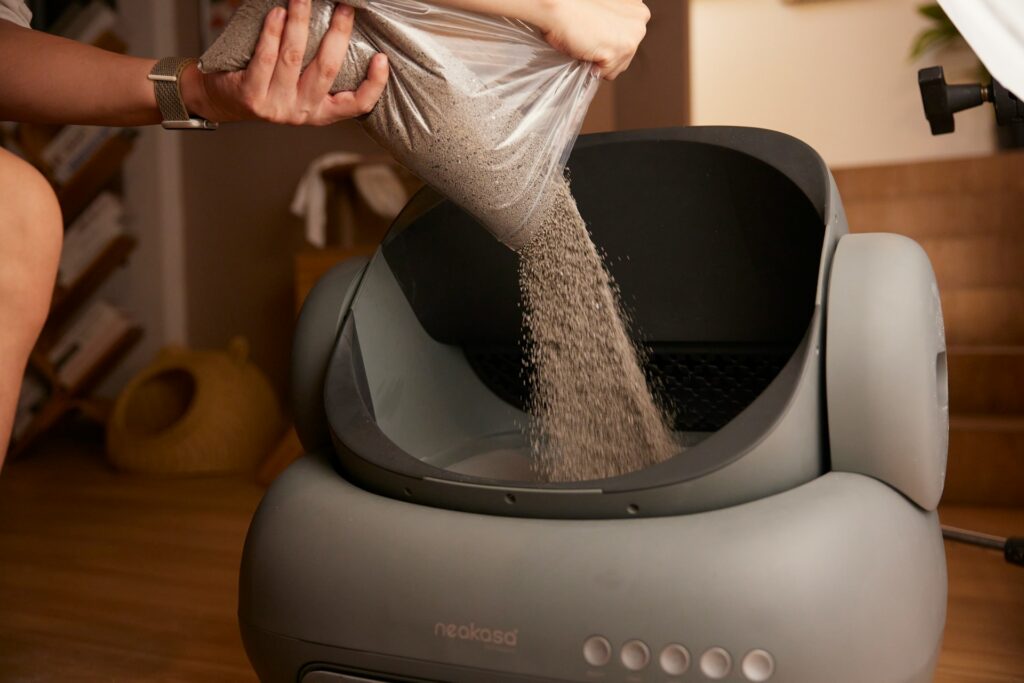
Cat litter is one of the biggest sources of household pet waste. Many mainstream litters are made from bentonite clay, which is strip-mined and doesn’t break down. Switching to a natural alternative like recycled paper pellets, wood shavings, corn, or tofu can cut emissions and reduce landfill. These options are biodegradable and often compostable, though you’ll want to check your local council’s rules before disposing of them in the garden. Some even help control odour more naturally and are softer on sensitive paws.
Use upcycled or second-hand furniture for pets.

There’s no rule that says a pet bed, perch, or play area needs to come from a pet shop. A bit of imagination goes a long way. Old suitcases, side tables, wooden crates, and even unwanted furniture can be transformed into pet nooks, feeding stations, or play towers. Upcycling saves resources, adds character to your home, and lets you customise spaces to your pet’s specific needs. Local charity shops, online marketplaces, and community groups can be great places to find second-hand materials.
Think about energy-efficient pet care.
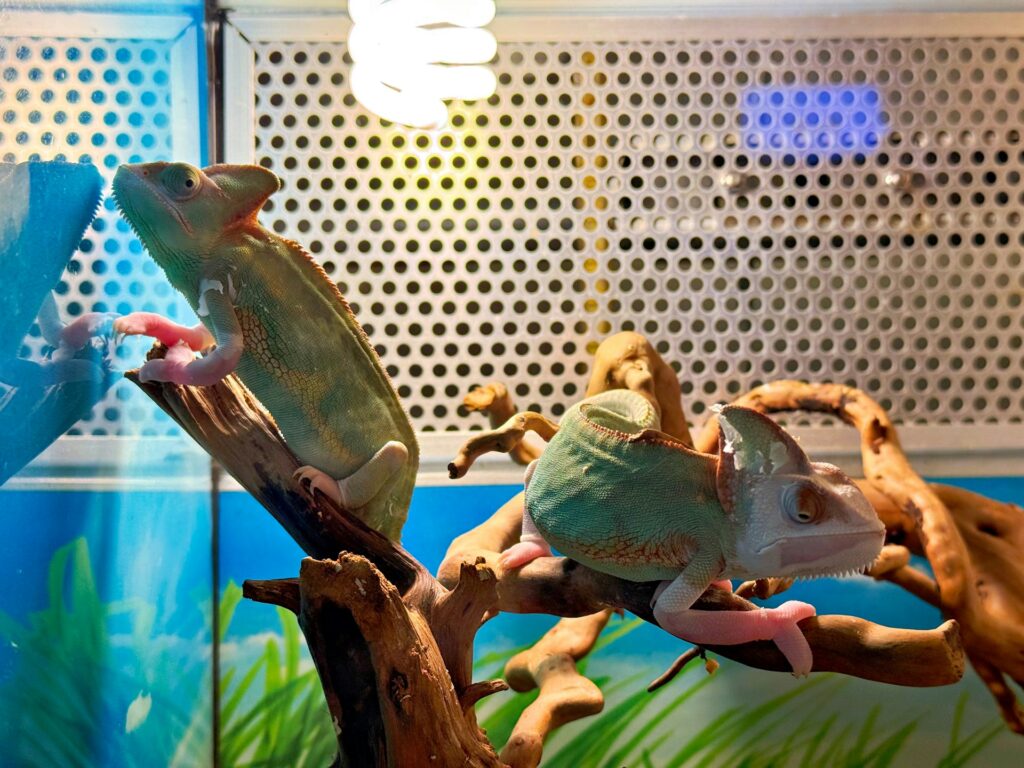
From heated pads and reptile habitats to filters and automatic feeders, some pets require specialised care that uses electricity. Choosing energy-efficient models, using timers, and switching devices off when not needed can help keep your energy use in check. LED lighting and solar-powered outdoor features are also great for pet-friendly gardens. If you’re on a green energy tariff or using solar panels at home, you’re already reducing your pet’s carbon pawprint.
Switch to eco-conscious grooming products.

What we use on our pets eventually ends up in our waterways. Shampoos, flea treatments, and cleaning wipes can contain ingredients that are harsh on animals and harmful to aquatic life. Choose grooming products made from biodegradable, non-toxic ingredients. Brands that use organic oils, botanical extracts, and plastic-free packaging are becoming easier to find. You can also look for grooming tools made from sustainable wood or recycled materials.
Recycle and compost pet waste where possible.
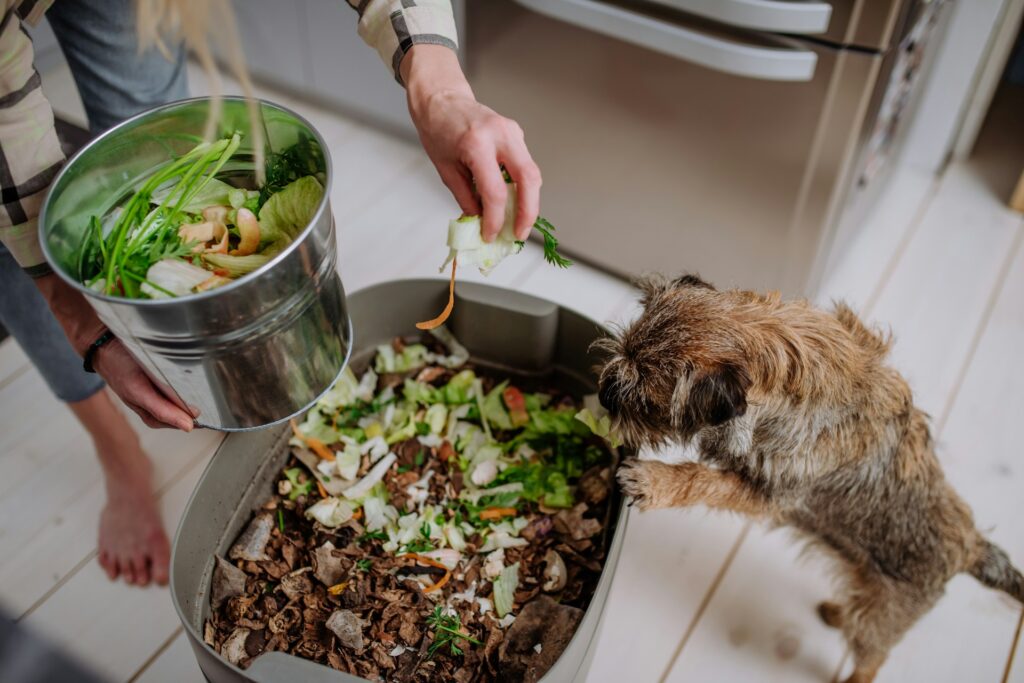
Pet waste is tricky, but there are eco-friendlier ways to handle it. Compostable poo bags are a step in the right direction—just make sure they’re genuinely compostable (look for certifications) and that your council allows pet waste composting. At home, you can compost waste from herbivores like rabbits and guinea pigs safely. For dogs, small-scale composting systems exist, though they’re best suited to gardens and shouldn’t be used on edible crops. For cats, biodegradable litter can be composted, but again, check local rules before tossing it in the compost bin.
Creating a pet-friendly, eco-conscious home doesn’t require transforming your life overnight.
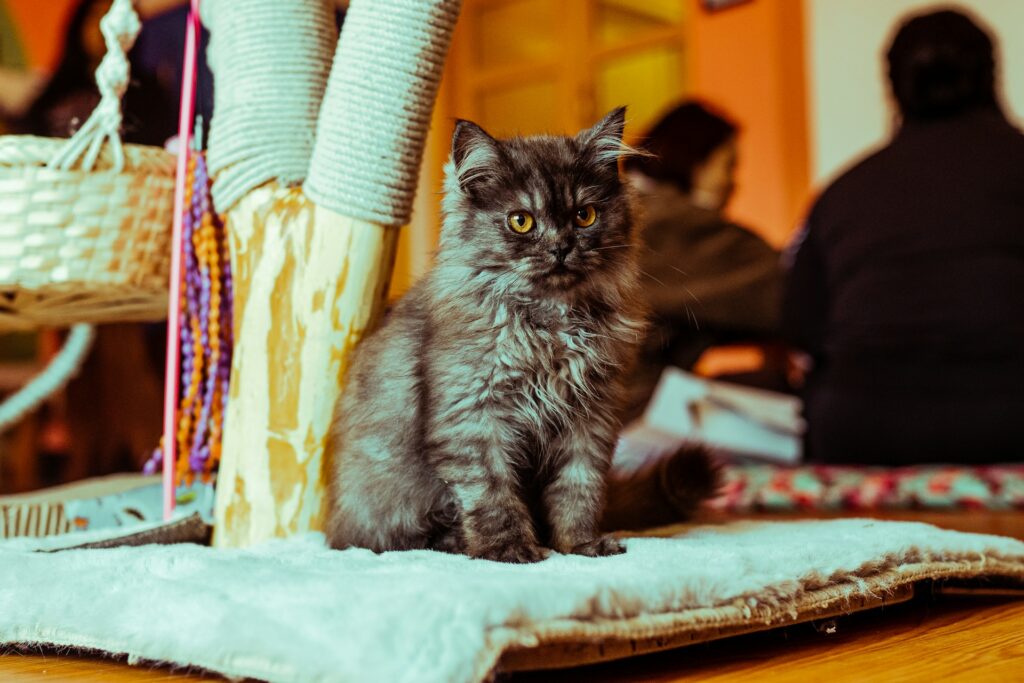
It’s about building better habits, making smarter purchases, and looking at your living space with fresh eyes. Every improvement, no matter how small, contributes to a more sustainable lifestyle and a healthier home for everyone.
Pets bring joy, companionship, and a sense of connection. And when we create spaces that reflect care for them and the environment, we’re not just doing right by them—we’re building a future that’s more balanced, thoughtful, and alive to the needs of every species we share it with.